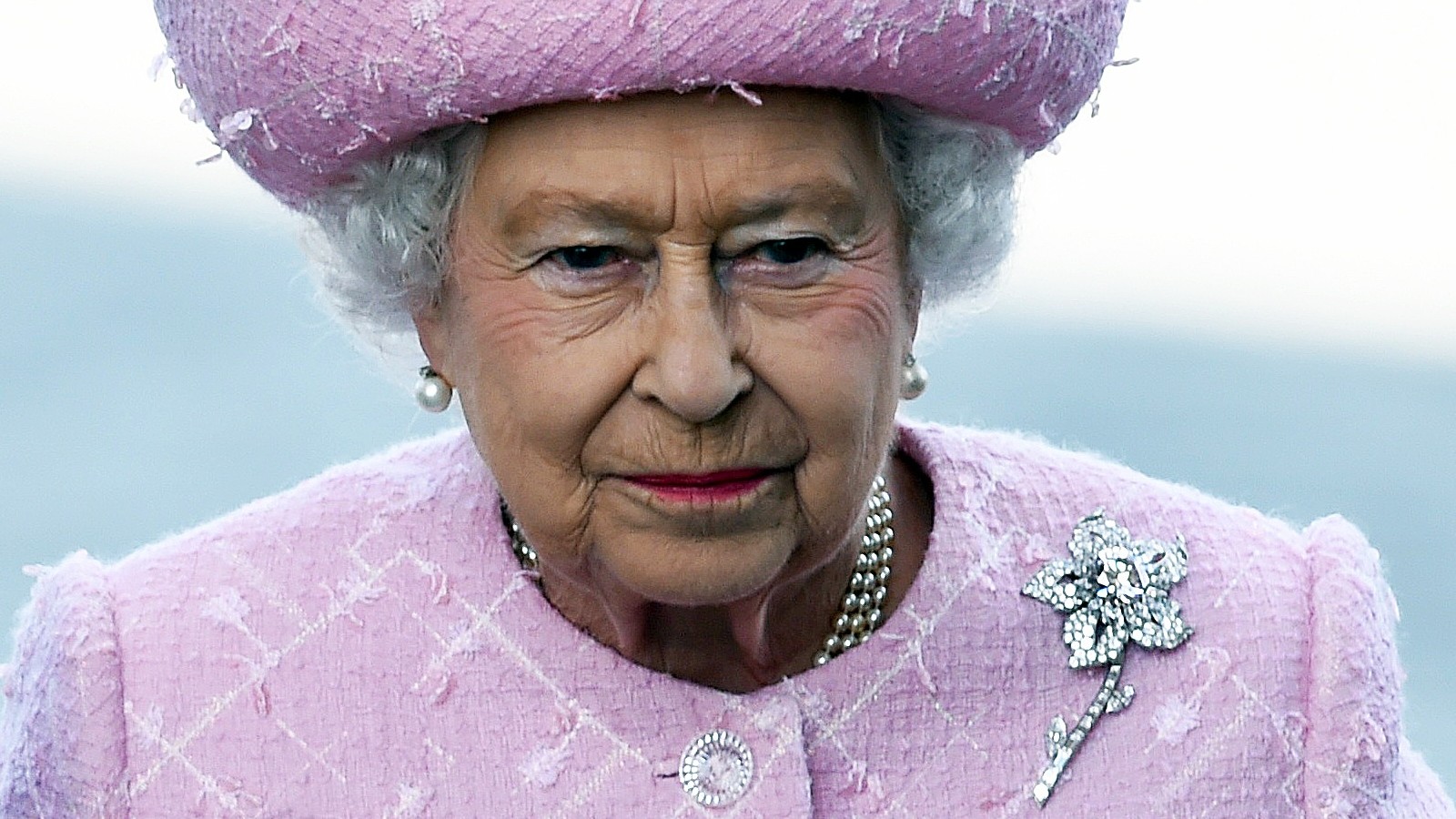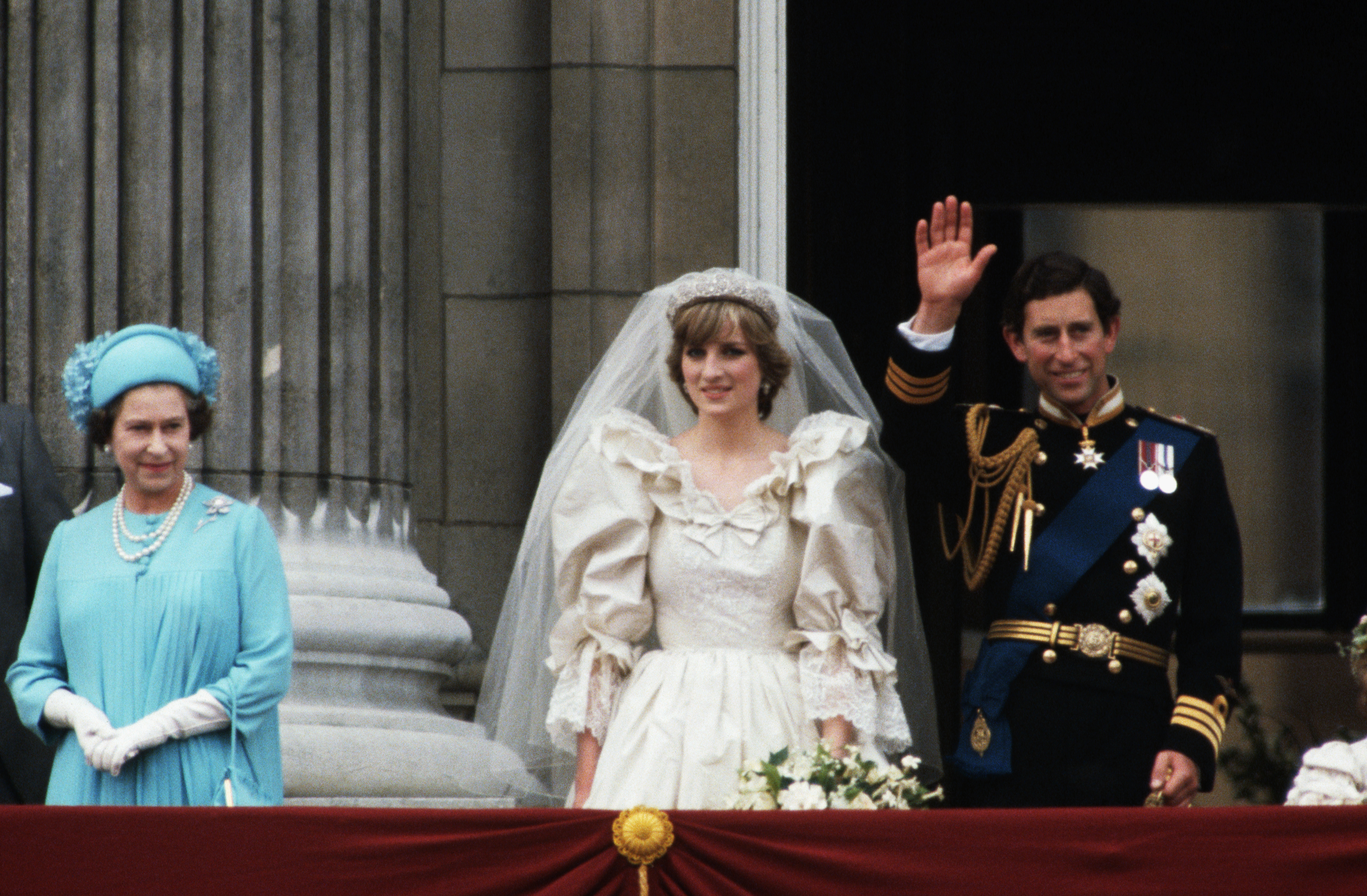Fascinating history behind the Queen’s $34 million Williamson pink diamond brooch
The Queen’s Williamson pink diamond brooch is the second most valuable brooch in her collection, estimated at $33.9 million (£25 million)


As the Queen enjoys her historic Platinum Jubilee celebrations this year, there’s no better time to travel back through the history of some of her timeless and noteworthy pieces of jewelry. The Williamson pink diamond brooch often worn by Her Majesty is thought to include one of the rarest flawless pink diamonds in the world.
- Thought to be the second most valuable in the Queen’s collection, the Williamson brooch features a pink diamond set at the center which was discovered in 1947 at the Williamson mine in Tanzania.
- The Williamson pink diamond brooch, according to jewelry expert Max Stone from Steven Stone jewelers, is worth an estimated $33.9 million (£25million).
- In other royal news, plans for a Platinum Jubilee book for school children sparks debate online.
Discovered at the Williamson diamond mine in Tanzania in 1947, the owner of the mine, Canadian geologist John Williamson, gave the uncut stone to the then Princess Elizabeth and Prince Philip upon their wedding in November 1947.
The Court Jeweller explains that the rough gem, which weighed in at 54.5 carats, was displayed at St. James’s Palace ahead of the royal wedding.
Williamson, reportedly keen to avoid the grand social situation that would accompany a personal presentation of the gift, had it presented by a representative instead.
A post shared by British Royal Jewels (@britishroyaljewels)
A photo posted by on
In 1948, the princess turned to Clerkenwell diamond cutters Briefel and Lemer to transform the rough diamond into a faceted gem.
Newspaper reports from that time reported that the young Princess went to check on the cutting process with her grandmother, famous jewelry aficionado Queen Mary, who “asked numerous questions of a technical nature” during the visit.
After the visit, the 23.6 carat diamond was finished and displayed as part of a major exhibition in London.
Sign up to our free daily email for the latest royal and entertainment news, interesting opinion, expert advice on styling and beauty trends, and no-nonsense guides to the health and wellness questions you want answered.

With the diamond now ready to be mounted in a piece of jewelry, Princess Elizabeth looked to Cartier to create a suitable setting.
Newspapers reported in October 1949 that she was having trouble deciding precisely how the diamond should be used, writing, “At first the Princess thought it might be fitted into her personal crown, but experts considered it might lose its glory among so many other jewels.”
Ultimately, the incredible stone was placed at the center of a jonquil brooch designed by Frederick A. Mew of Cartier’s London branch.
The brooch saw the introduction of an additional 203 white diamonds—a mixture of brilliants, baguettes, and marquises.
The brooch, made of platinum, was completed in 1953, the year that Princess Elizabeth was crowned Queen Elizabeth II.

The brooch is thought to be a favorite of Her Majesty, worn frequently on special occasions and being photographed front and center in a series of portraits featuring a young Prince Charles and Princess Anne, taken by Marcus Adams in 1954.
She has also worn it twice for her annual Christmas broadcast, in 1968 and 1998, as well as at the weddings of Charles and Diana, and Edward and Sophie.

Jack Slater is not the Last Action Hero, but that's what comes up first when you Google him. Preferring a much more sedentary life, Jack gets his thrills by covering news, entertainment, celebrity, film and culture for woman&home, and other digital publications.
Having written for various print and online publications—ranging from national syndicates to niche magazines—Jack has written about nearly everything there is to write about, covering LGBTQ+ news, celebrity features, TV and film scoops, reviewing the latest theatre shows lighting up London’s West End and the most pressing of SEO based stories.